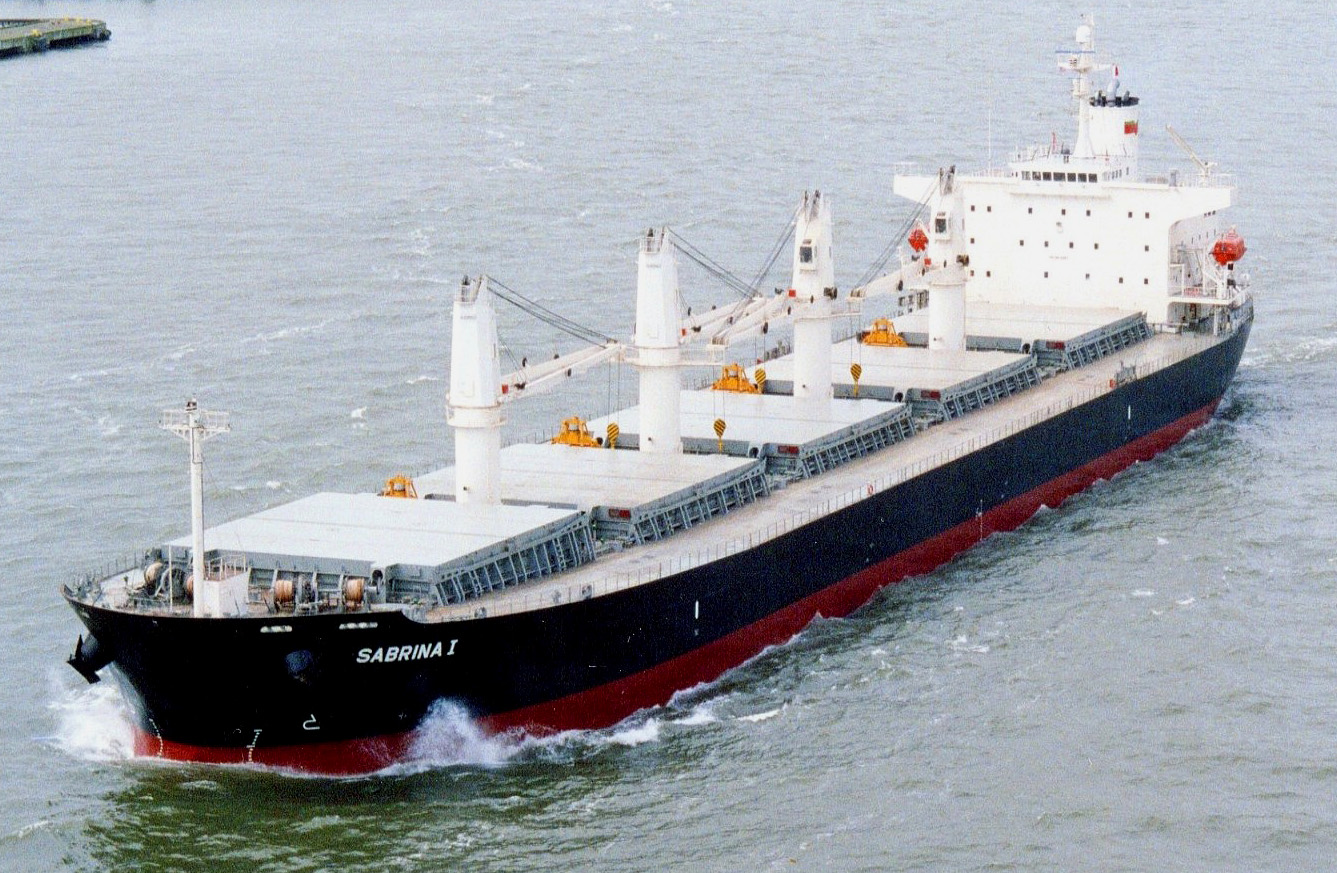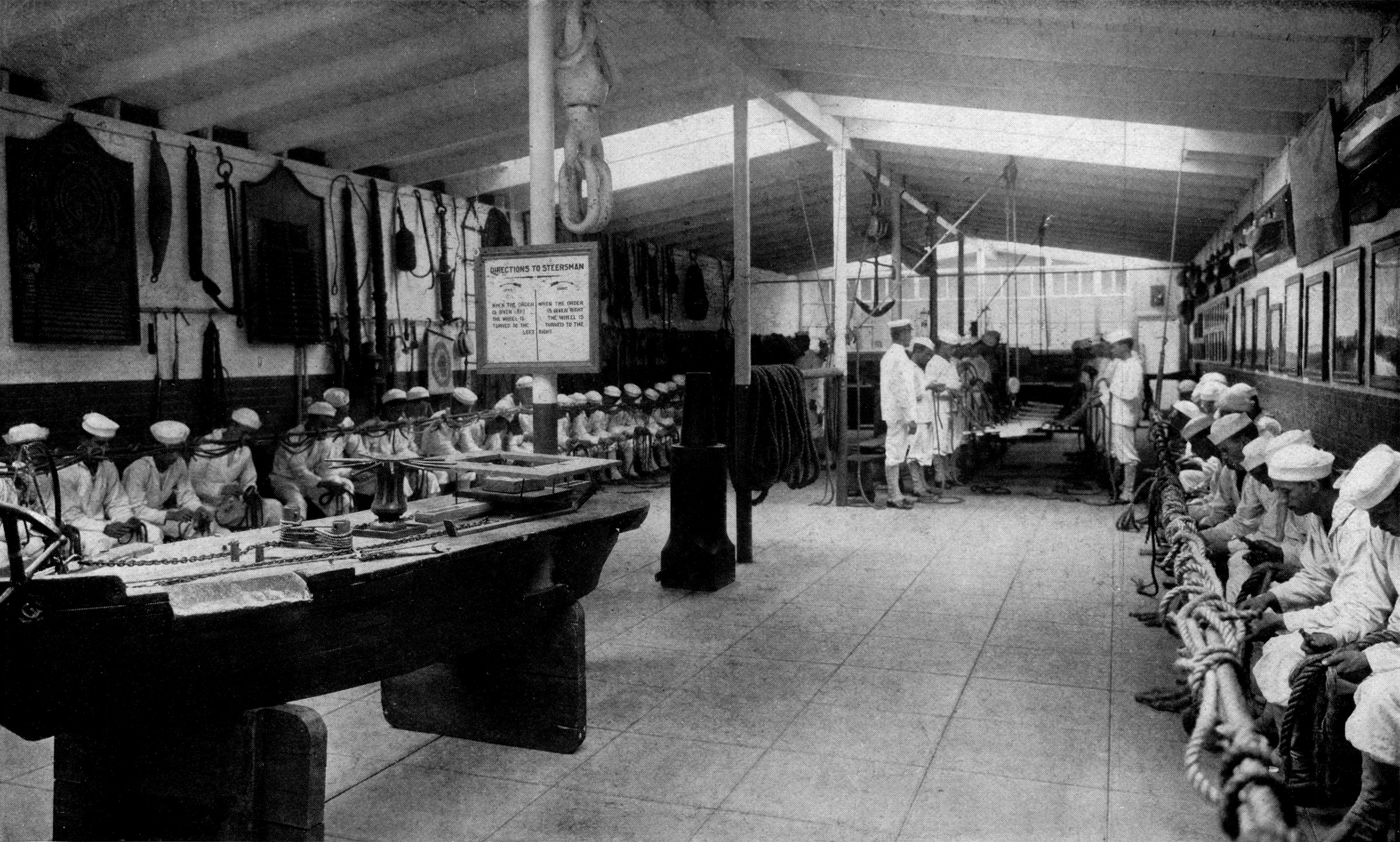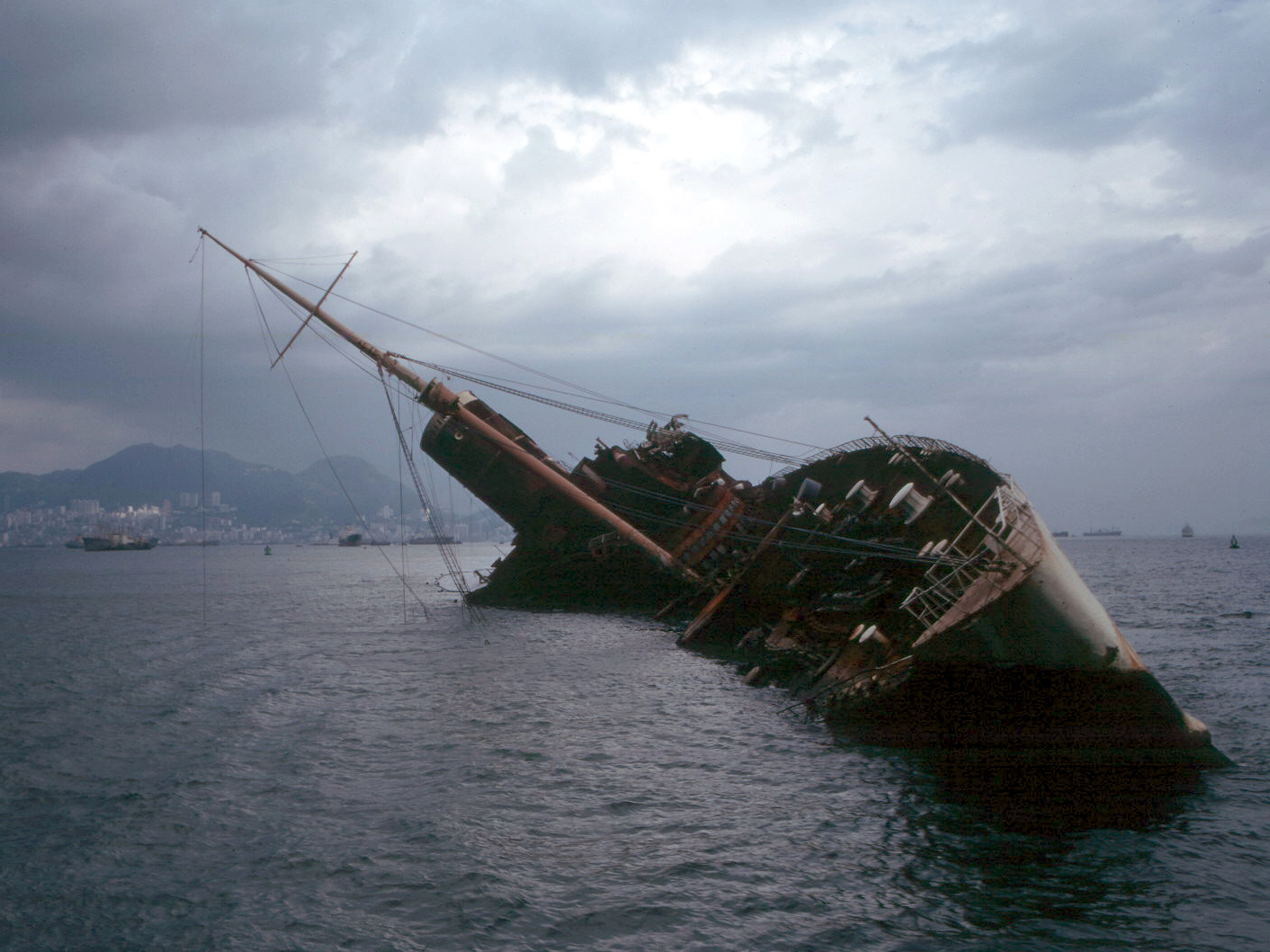|
Seamanship
Seamanship is the skill, art, competence (human resources), competence, and knowledge of operating a ship, boat or other craft on water. The'' Oxford Dictionary of English, Oxford Dictionary'' states that seamanship is "The skill, techniques, or practice of handling a ship or boat at sea." It involves topics and development of specialised skills, including navigation and international Admiralty law, maritime law and regulatory knowledge; weather, meteorology and forecasting; watchkeeping; ship-handling and small boat handling; operation of deck equipment, anchors and cables; ropework and line handling; communications; sailing; engines; execution of evolutions such as towing; cargo handling equipment, dangerous cargoes and cargo storage; dealing with emergencies; survival at sea and search and rescue; and fire fighting. The degree of knowledge needed within these areas is dependent upon the nature of the work and the type of vessel employed by a sailor, seafarer. History Shi ... [...More Info...] [...Related Items...] OR: [Wikipedia] [Google] [Baidu] |
Witherby Publishing Group
Witherby Publishing Group, formerly known as Witherby Seamanship, is a technical publisher of maritime, nautical and navigation training, reference and regulatory materials. The company is the resulting merger of Witherby Books and Seamanship International in January 2008. Beginning with its origins in 1740 it lays claim to being the oldest independent publisher in the English-speaking world. Witherbys publish guidance titles with numerous shipping bodies and maritime NGOs. These include the International Chamber of Shipping, the UK Chamber of Shipping, BIMCO, OCIMF, SIGTTO, North P&I, the UK P&I Club, the International Association of Classification Societies, the Merchant Navy Training Board and the Institute of Marine Engineering, Science and Technology (IMarEST), as well as acting as an official electronic distributor for the International Maritime Organization. Witherbys are an official distributor of INTERTANKO publications. The company holds working gr ... [...More Info...] [...Related Items...] OR: [Wikipedia] [Google] [Baidu] |
Navigation
Navigation is a field of study that focuses on the process of monitoring and controlling the motion, movement of a craft or vehicle from one place to another.Bowditch, 2003:799. The field of navigation includes four general categories: land navigation, marine navigation, air navigation, aeronautic navigation, and space navigation. It is also the term of art used for the specialized knowledge used by navigators to perform navigation tasks. All navigational techniques involve locating the navigator's Position (geometry), position compared to known locations or patterns. Navigation, in a broader sense, can refer to any skill or study that involves the determination of position and Relative direction, direction. In this sense, navigation includes orienteering and pedestrian navigation. For marine navigation, this involves the safe movement of ships, boats and other nautical craft either on or underneath the water using positions from navigation equipment with appropriate nautical char ... [...More Info...] [...Related Items...] OR: [Wikipedia] [Google] [Baidu] |
Sailing
Sailing employs the wind—acting on sails, wingsails or kites—to propel a craft on the surface of the ''water'' (sailing ship, sailboat, raft, Windsurfing, windsurfer, or Kitesurfing, kitesurfer), on ''ice'' (iceboat) or on ''land'' (Land sailing, land yacht) over a chosen Course (navigation), course, which is often part of a larger plan of navigation. From prehistory until the second half of the 19th century, sailing craft were the primary means of maritime trade and transportation; exploration across the seas and oceans was reliant on sail for anything other than the shortest distances. Naval power in this period used sail to varying degrees depending on the current technology, culminating in the gun-armed sailing warships of the Age of Sail. Sail was slowly replaced by steam as the method of propulsion for ships over the latter part of the 19th century – seeing a gradual improvement in the technology of steam through a number of developmental steps. Steam allowed schedul ... [...More Info...] [...Related Items...] OR: [Wikipedia] [Google] [Baidu] |
Bulk Carrier
A bulk carrier or bulker is a merchant ship specially naval architecture, designed to transport unpackaged bulk cargo—such as Grain trade, grain, coal, ore, steel coils, and cement—in its cargo holds. Since the first specialized bulk carrier was built in 1852, economic forces have led to increased size and sophistication of these ships. Today's bulk carriers are specially designed to maximize capacity, safety, efficiency, and durability. Today, bulk carriers make up 21 percent of the world's merchant fleets, and they range in size from single-hold mini-bulk carriers to mammoth ore ships able to carry 400,000 deadweight tonnage, metric tons of deadweight (DWT). A number of specialized designs exist: some can unload their own cargo, some depend on port facilities for unloading, and some even package the cargo as it is loaded. Over half of all bulk carriers have Greek, Japanese, or Chinese owners, and more than a quarter are registered in Panama. South Korea is the largest ... [...More Info...] [...Related Items...] OR: [Wikipedia] [Google] [Baidu] |
Watchkeeping
Watchkeeping or watchstanding is the assignment of sailors to specific roles on a ship to operate it continuously. These assignments, also known at sea as ''watches'', are constantly active as they are considered essential to the safe operation of the vessel and also allow the ship to respond to emergencies and other situations quickly. These watches are divided into work periods to ensure that the roles are always occupied at all times, while those members of the crew who are assigned to work during a watch are known as ''watchkeepers''. On a typical seafaring vessel, be it naval or merchant, personnel "keep a watch" in various locations and duties across the ship, such as the bridge and engine room. Typical bridge watchkeepers include a lookout and a deck officer who is responsible for the safe navigation of the ship; whereas in the engine room, an engine officer ensures that running machinery continues to operate within tolerances. Types of watches A wide variety of types o ... [...More Info...] [...Related Items...] OR: [Wikipedia] [Google] [Baidu] |
Ship Stability
Ship stability is an area of naval architecture and ship design that deals with how a ship behaves at sea, both in still water and in waves, whether intact or damaged. Stability calculations focus on center of mass#center of gravity, centers of gravity, buoyancy, centers of buoyancy, the metacenters of vessels, and on how these interact. History Ship stability, as it pertains to naval architecture, has been taken into account for hundreds of years. Historically, ship stability calculations relied on rule of thumb calculations, often tied to a specific system of measurement. Some of these very old equations continue to be used in naval architecture books today. However, the advent of calculus-based methods of determining stability, particularly Pierre Bouguer's introduction of the concept of the metacenter in the 1740s ship model basin, allow much more complex analysis. Master shipbuilders of the past used a system of adaptive and variant design. Ships were often copied from ... [...More Info...] [...Related Items...] OR: [Wikipedia] [Google] [Baidu] |
Naval Architecture
Naval architecture, or naval engineering, is an engineering discipline incorporating elements of mechanical, electrical, electronic, software and safety engineering as applied to the engineering design process, shipbuilding, maintenance, and operation of marine vessels and structures. Naval architecture involves basic and applied research, design, development, design evaluation (classification) and calculations during all stages of the life of a marine vehicle. Preliminary design of the vessel, its detailed design, construction, trials, operation and maintenance, launching and dry-docking are the main activities involved. Ship design calculations are also required for ships being modified (by means of conversion, rebuilding, modernization, or repair). Naval architecture also involves formulation of safety regulations and damage-control rules and the approval and certification of ship designs to meet statutory and non-statutory requirements. Main subjects The word "vessel" in ... [...More Info...] [...Related Items...] OR: [Wikipedia] [Google] [Baidu] |
Ropework
Ropework or marlinespike seamanship are umbrella terms for a skillset spanning the use, maintenance, and repair of rope. Ropework is used by seafarers, climbers and military personnel. Included are tying knots, splicing, making lashings, whippings, and proper use and storage of rope. While the skill of a sailor in the Age of Sail was often judged by how well he knew marlinespike seamanship, the knowledge it embraces involving docking a craft, towing, making repairs underway, and more is still critical for modern seafarers. Whippings A whipping knot is a means of holding the cut end of a rope together to prevent fraying and ensure ease of use. The simplest form is the common whipping. Constrictor knots can serve as temporary whippings while cutting ropes, as can a few layers of adhesive tape. Other fray-prevention techniques include back-splicing, aglets, or the application of a rubberized adhesive coating, resin, or paint to the cut end. Some modern synthetic fibers, ... [...More Info...] [...Related Items...] OR: [Wikipedia] [Google] [Baidu] |
Capsizing
Capsizing or keeling over occurs when a boat or ship is rolled on its side or further by wave action, instability or wind force beyond the angle of positive static stability or it is upside down in the water. The act of recovering a vessel from a capsize is called righting. Capsize may result from broaching, , loss of stability due to cargo shifting or flooding, or in high speed boats, from turning too fast. If a capsized vessel has enough flotation to prevent sinking, it may recover on its own in changing conditions or through mechanical work if it is not stable while inverted. Vessels of this design are called self-righting. Small vessels In dinghy sailing, a practical distinction can be made between being knocked down (to 90 degrees; on its beam-ends, figuratively) which is called a capsize, and being inverted, which is called being turtled. Small dinghies frequently capsize in the normal course of use and can usually be recovered by the crew. Some types of dinghy ar ... [...More Info...] [...Related Items...] OR: [Wikipedia] [Google] [Baidu] |
Ship
A ship is a large watercraft, vessel that travels the world's oceans and other Waterway, navigable waterways, carrying cargo or passengers, or in support of specialized missions, such as defense, research and fishing. Ships are generally distinguished from boats, based on size, shape, load capacity and purpose. Ships have supported Geographic exploration, exploration, Global trade, trade, Naval warfare, warfare, Human migration, migration, colonization, and science. Ship transport is responsible for the largest portion of world commerce. The word ''ship'' has meant, depending on the era and the context, either just a large vessel or specifically a Full-rigged ship, ship-rigged sailing ship with three or more masts, each of which is Square rig, square-rigged. The earliest historical evidence of boats is found in Egypt during the 4th millennium BCE. In 2024, ships had a global cargo capacity of 2.4 billion tons, with the three largest classes being ships carrying dry bulk (43%), ... [...More Info...] [...Related Items...] OR: [Wikipedia] [Google] [Baidu] |
Admiralty Law
Maritime law or admiralty law is a body of law that governs nautical issues and private maritime disputes. Admiralty law consists of both domestic law on maritime activities, and conflict of laws, private international law governing the relationships between private parties operating or using ocean-going ships. While each legal jurisdiction usually has its own legislation governing maritime matters, the international nature of the topic and the need for uniformity has, since 1900, led to considerable international maritime law developments, including numerous Multilateralism, multilateral treaties. Admiralty law, which mainly governs the relations of private parties, is distinguished from the law of the sea, a body of International law, public international law regulating maritime relationships between nations, such as navigational rights, mineral rights, and jurisdiction over coastal waters. While admiralty law is adjudicated in national courts, the United Nations Convention on t ... [...More Info...] [...Related Items...] OR: [Wikipedia] [Google] [Baidu] |








